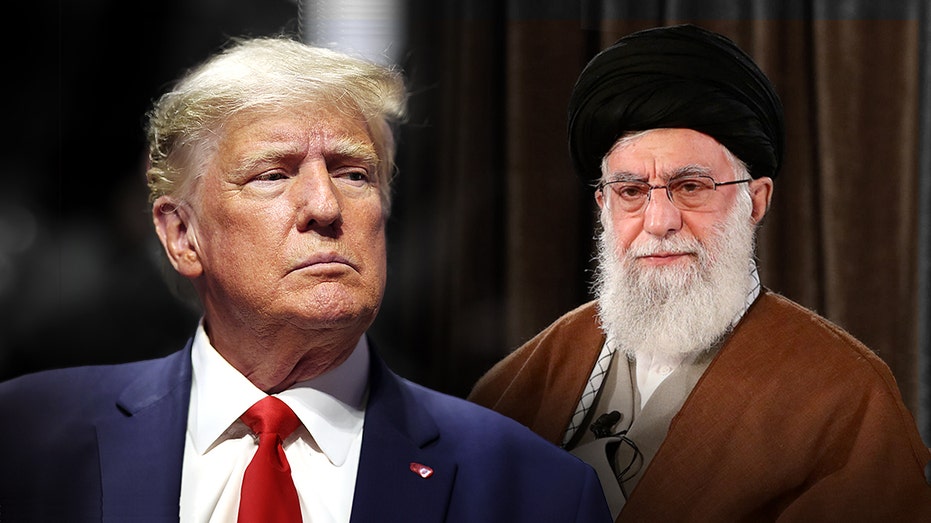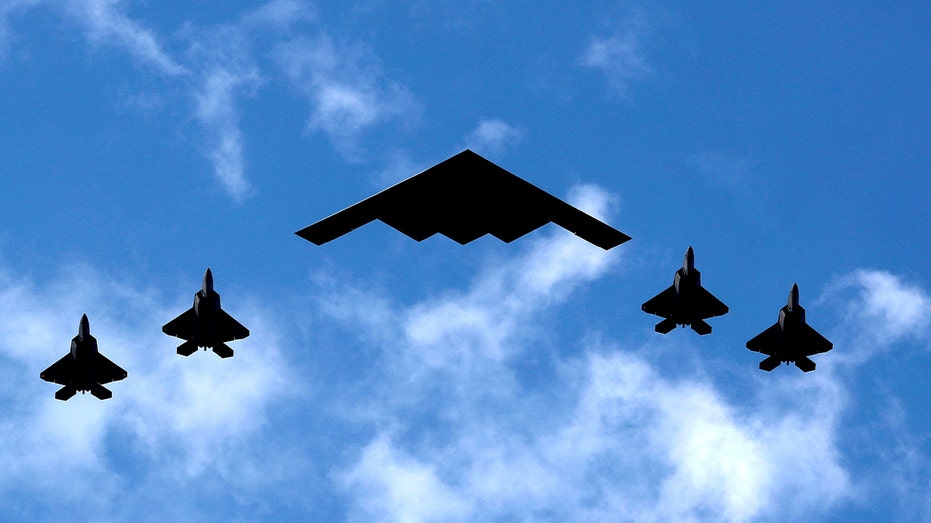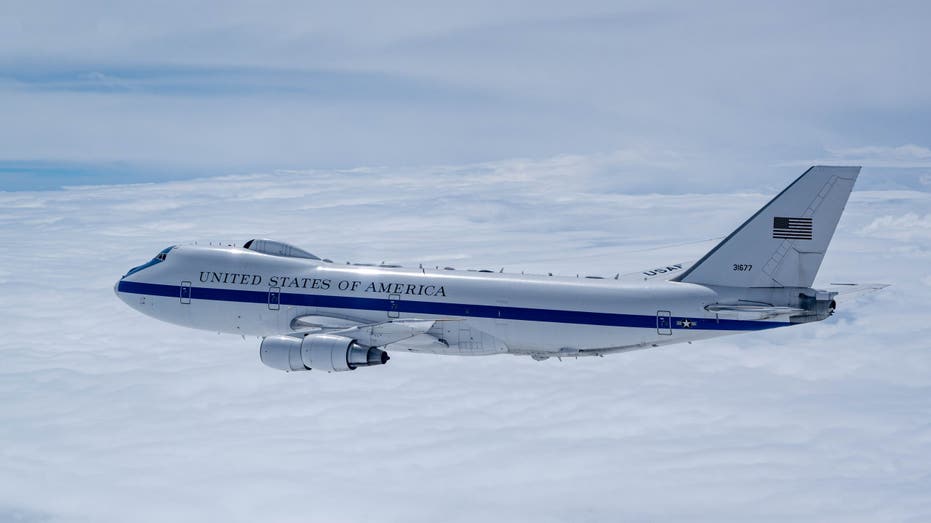Iran’s Nuclear Threat: Why Panic Isn’t Policy

Sarah Johnson
June 21, 2025
Brief
Iran’s nuclear threat is real but overhyped. Enrichment isn’t a bomb, and war risks repeating Iraq’s mistakes. Diplomacy, not panic, is the answer.
Amid rising tensions in the Middle East, alarmist claims about Iran’s nuclear capabilities are swirling. White House Press Secretary Karoline Leavitt recently suggested Iran is mere weeks from producing a nuclear bomb, a statement that’s not just misleading—it’s dangerously inflammatory. Such rhetoric risks dragging the U.S. into an ill-considered conflict, echoing the costly missteps of the past.
The Reality of Iran’s Nuclear Program
Building a nuclear weapon isn’t as simple as enriching uranium. While Iran has reportedly reached 90% enrichment levels, that’s just one piece of a complex puzzle. A functional bomb demands advanced components—like neutron initiators, precision fusing systems, and missile-delivery technology—none of which Iran has verifiably mastered. Open-source intelligence offers no evidence that Tehran has crossed the critical weaponization threshold, a process far more intricate than enrichment alone.
Israel’s recent strikes on Iranian facilities, including the deeply buried Fordow site near Qom, were spurred by fears of Iran’s enriched uranium stockpile. Prime Minister Benjamin Netanyahu claimed it’s enough for nine nuclear weapons, yet the International Atomic Energy Agency (IAEA) hasn’t confirmed progress toward an actual bomb. Fordow, despite its ominous reputation, is an enrichment plant—not a weapons lab. It’s tough to hit but incapable of assembling or testing a warhead.
A History of Hype
This isn’t the first time we’ve heard dire warnings. In 2012, Netanyahu predicted Iran was six months from a bomb, urging a U.S. “red line.” No bomb emerged. The lesson? Fear-driven narratives often outpace facts. Before rushing to war, we need hard evidence: Does Iran have the full suite of components, expertise, and delivery systems for a working weapon? Without clear answers, military action is reckless.
Lessons from Iraq
The 2003 Iraq invasion, fueled by flawed claims of weapons of mass destruction, cost trillions and destabilized the region. Repeating that mistake would be catastrophic. Iran’s actions—supporting militias, advancing missiles, dodging IAEA oversight—are concerning, but war isn’t the only tool. Sanctions, cyber operations, and diplomacy can keep Iran in check without unleashing chaos.
A Call for Clarity
Panic-driven policy is no policy at all. President Trump and Congress must demand precise intelligence on Iran’s capabilities and explore every non-military option. War, as history shows, is a beast that devours without discrimination. Let’s not loose it over uranium that’s dangerous but not yet deadly.
Topics
Editor's Comments
Netanyahu’s been sounding the Iran nuclear alarm since 2012—like a broken clock predicting doomsday. Meanwhile, Fordow’s just an enrichment plant, not Dr. Evil’s lair. Why rush to war when we’ve got sanctions sharper than a Tehran bazaar bargain?
Like this article? Share it with your friends!
If you find this article interesting, feel free to share it with your friends!
Thank you for your support! Sharing is the greatest encouragement for us.



